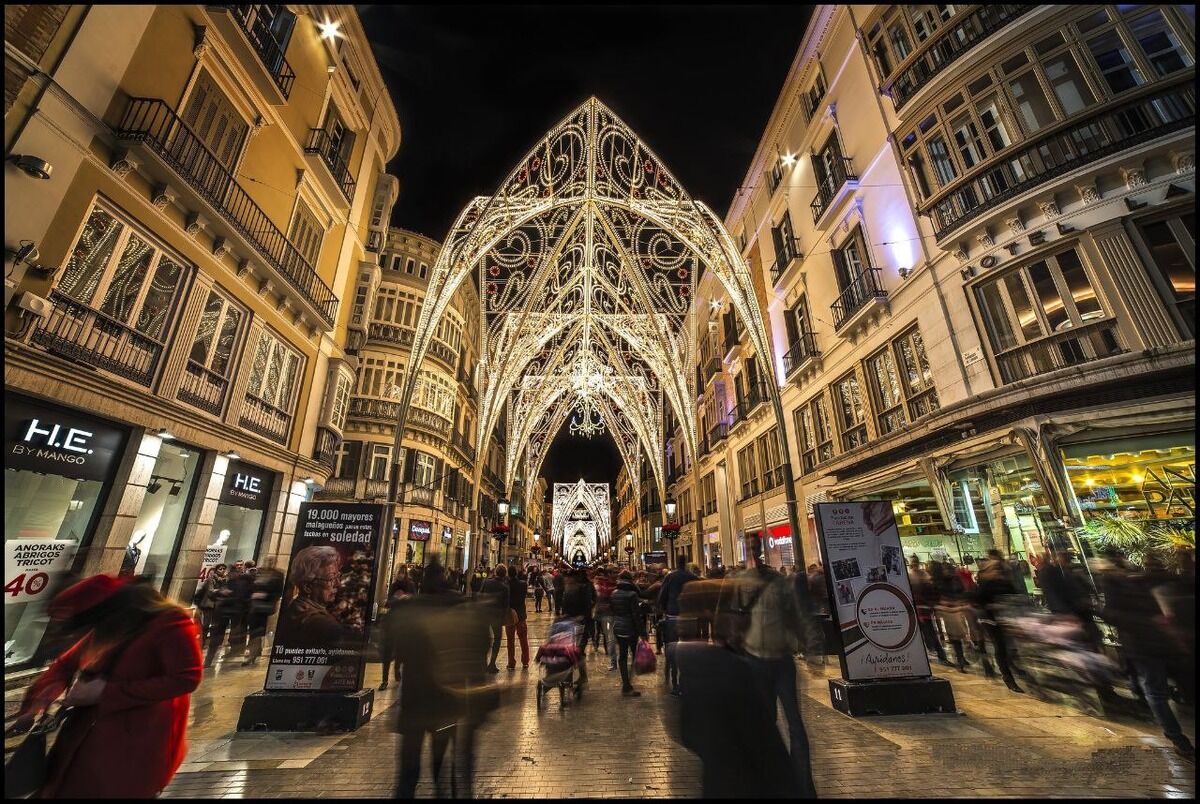Visiting Spain in winter: 13 brilliant holiday destinations
![]()
Winter is a wonderful time to visit Spain. Some cities are filled with sunshine and warmth during the winter months. And very close to them are snowy slopes where you can go skiing.
You can choose what to do from a variety of exciting activities. Winter time offers tempting opportunities for holidays: visiting unique attractions without tedious queues and crowds of tourists, strolling through picturesque nature parks without the exhausting heat, and discovering the winter cuisine of the regions and their Christmas traditions.
Where to go in Spain in winter and what to do — depends on your desires and preferences. Our article will help you make this difficult choice.
Malaga
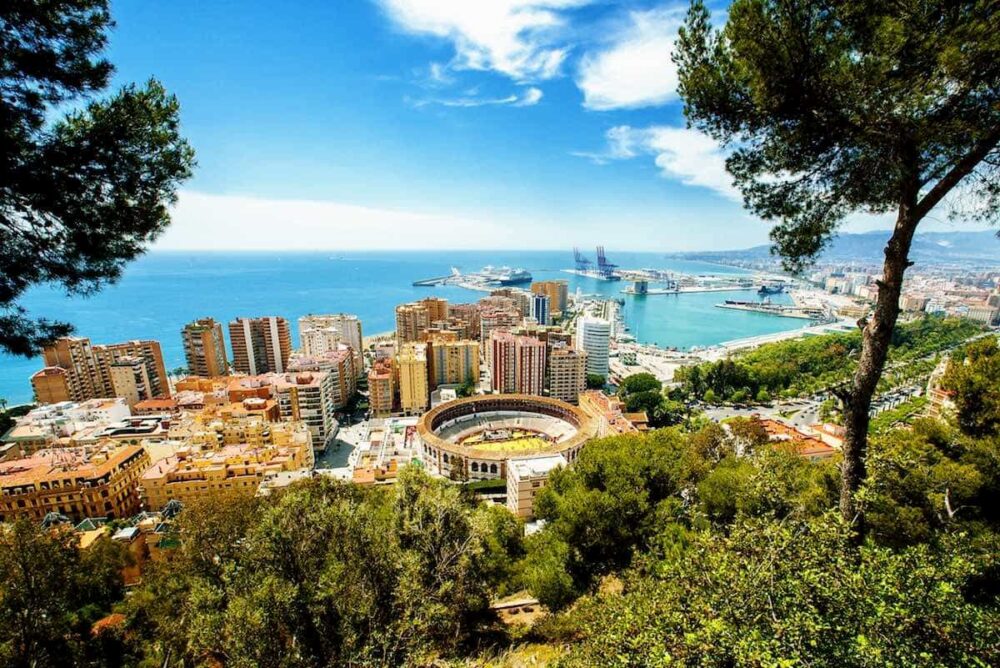
Mediterranean Málaga is a colourful, party city. It is located on the southern coast of Spain in the Costa del Sol region. Even in winter, sunny, warm weather prevails here, which disposes to walks.
In Malaga, you should visit the Picasso House Museum, where the artist was born, and Alcazaba — an ancient Moorish fortress with beautiful views of the city and the coast. And then there’s the Centre for Contemporary Art (CAC), the Carmen Thyssen Museum, the first exhibition hall of the Centre Pompidou, and at least three dozen other exhibition centres.
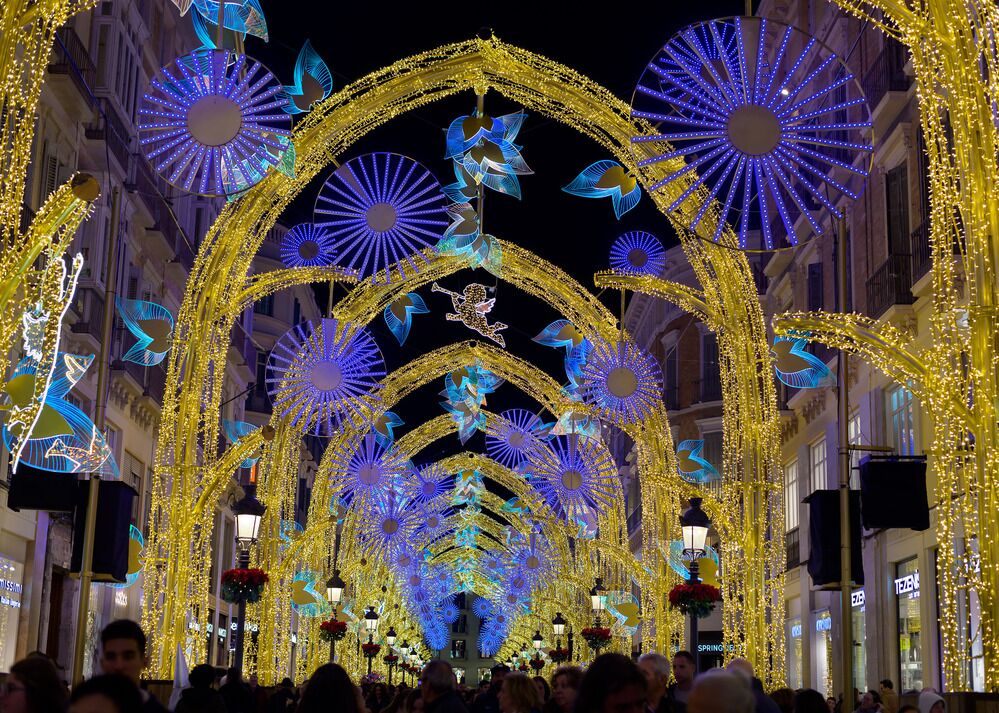
One of the most impressive spectacles of winter Málaga is the pedestrian street Calle Larios, which turns into a light show before Christmas.
Perhaps the most famous attraction here is the Soho art district. Its facades are adorned with graffiti by Kenny Shaft, Ben Eine, Abraham Lacalle, Obey, and Faith47.
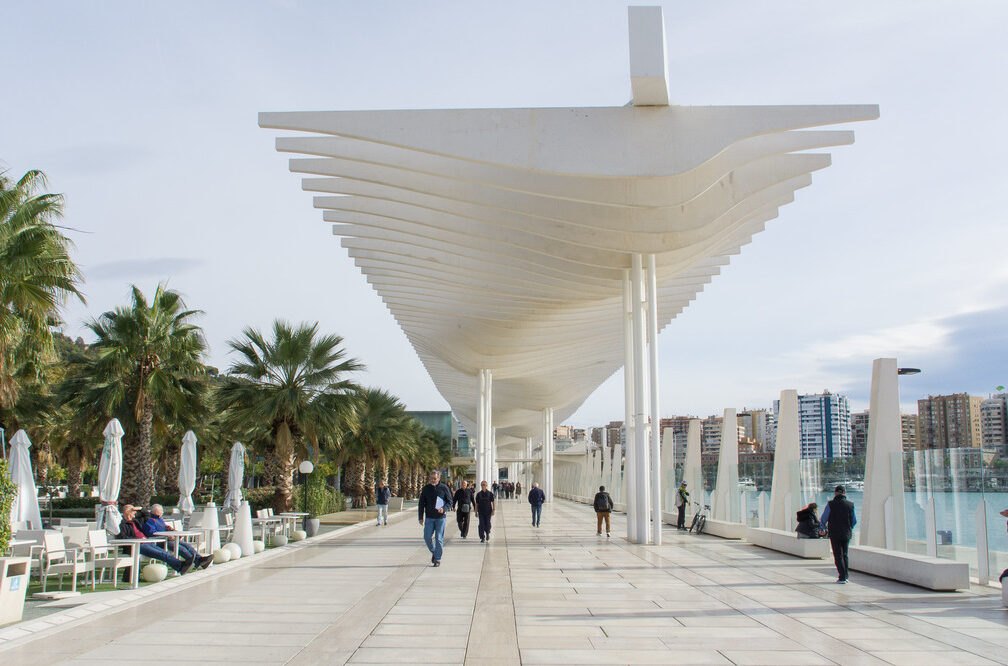
Although it’s cold to swim in Malaga in winter, the beaches and promenades don’t lose their appeal. Take a stroll along Playa de la Malagueta and Playa de Pedregalejo to admire the emerald water and breathe in the healing sea air. The beautiful Montes de Málaga Natural Park near the city is also ideal for hiking.
The climate in Málaga in winter is mild and relatively warm. Average daytime temperatures range between +12 °C and +18 °C, while at night temperatures drop to +8 °C. Precipitation does occur, but rarely, and is usually short rains.
Bilbao
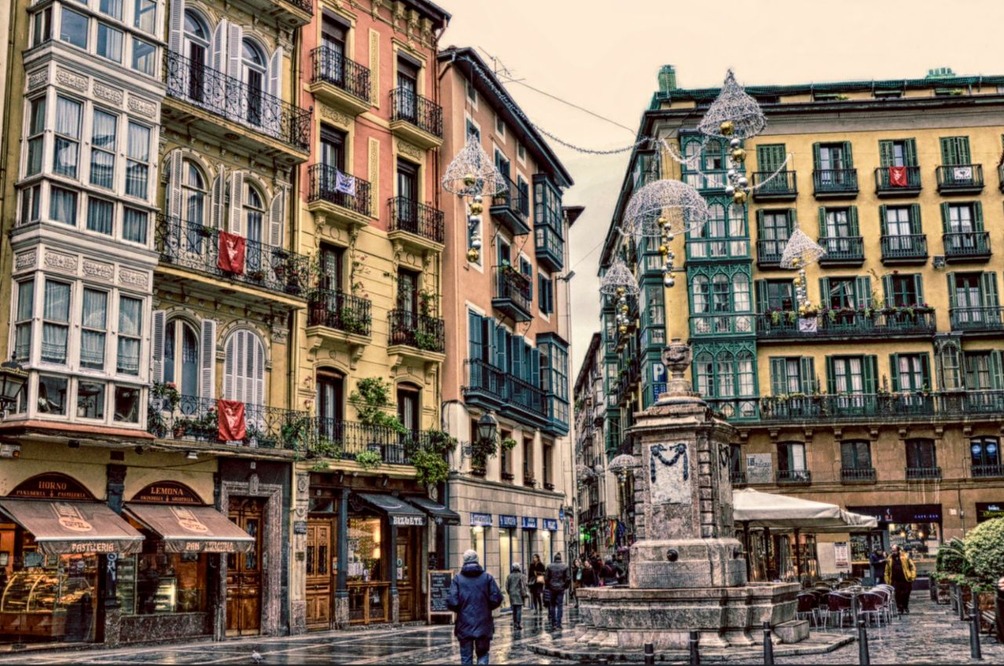
Northern Spain in winter, where Bilbao is located, is not characterised by sunny days. But this shortcoming is more than made up for with exciting opportunities for unforgettable leisure activities. The city captivates with masterpieces of modern art and ancient architecture. Bilbao is also the gastronomic capital of the region, where tasty and hearty food will brighten up the shortcomings of overcast weather.

The Guggenheim Museum is the city’s main attraction, but the Museum of Fine Arts, the Maritime Museum, the Basque Museum, and the Museum of Modern Art are also worth a visit. Also don’t miss the cathedral-like Mercado de la Ribera and take a stroll through the old town (Casco Viejo), which is particularly beautiful at Christmas time.
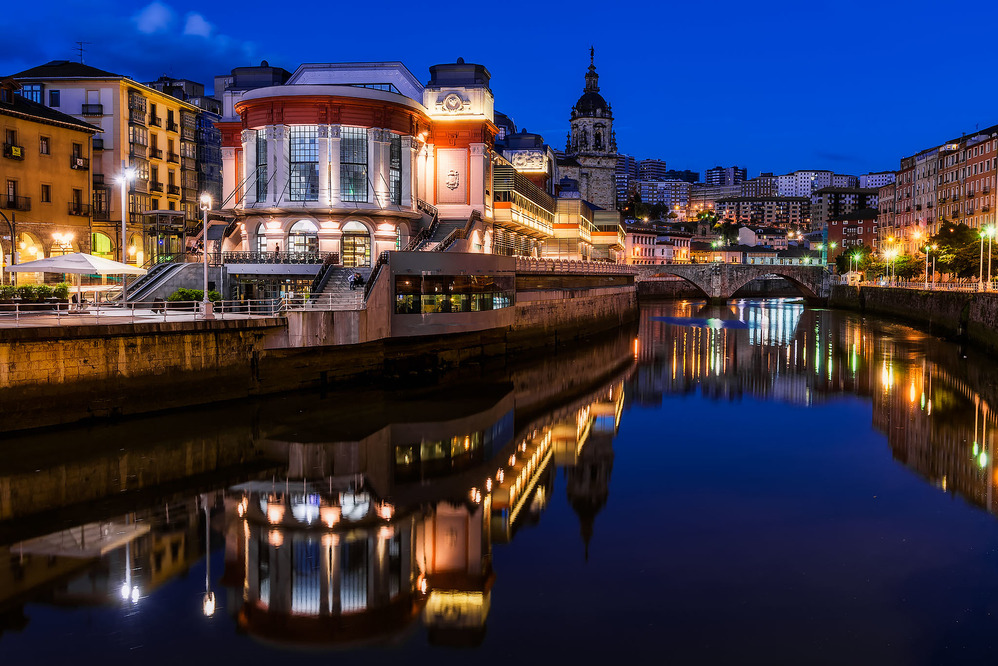
And if you like an active holiday, the Urdaibai and Artxanda mountain ranges near Bilbao are perfect for hiking or exploring nature reserves.
The climate in Bilbao in winter is temperate and humid, as the city is located in the north of Spain, on the Atlantic Ocean. Average daytime temperatures range from +8 °C to +13 °C and can drop to +3-5 °C at night. This season is characterised by cold winds and frequent rainfall.
Canary Islands
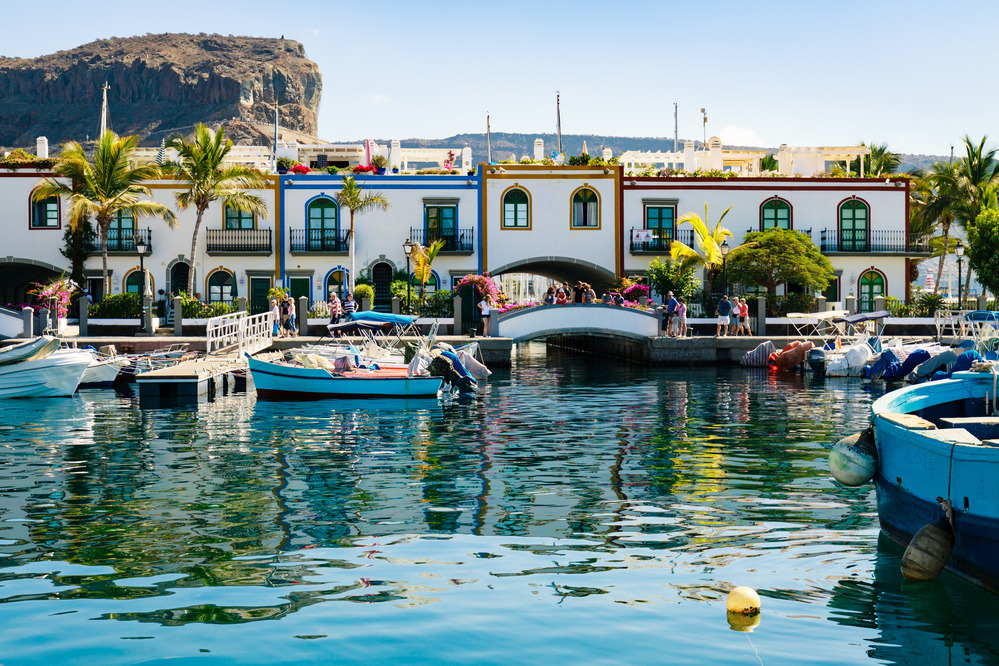
The Canary Islands are located in the Atlantic Ocean, near Africa, and are famous for their unique climate. Seven picturesque islands of volcanic origin attract with warm sunny days and the opportunity to swim, despite the calendar winter.
It is from November to February that you can see whales during their migration, relax peacefully on the beaches with white and black sand, climb the highest peak of Teide and enjoy the incredible views with bated breath. You will be amazed by the volcanic landscapes of Lanzarote, magnificent beaches with dunes and mysterious pyramids of the Guanches.

The Canary Islands are the perfect place where to go in winter in Spain if you want to spend your holiday in a warm and sunny place. At the same time, in the winter months it can be windy, especially in coastal areas. This creates ideal conditions for practicing water sports such as windsurfing.
The climate in the Canary Islands in winter is mild. The average temperature is +18–22 °C during the day, and at night it rarely drops below 15 °C. At the same time, the water in the ocean remains warm enough for swimming — about +19–20 °C even in December and January. Rains on the islands happen, but, as a rule, they are rare and short-lived, especially in the southern parts of the islands.
Barcelona
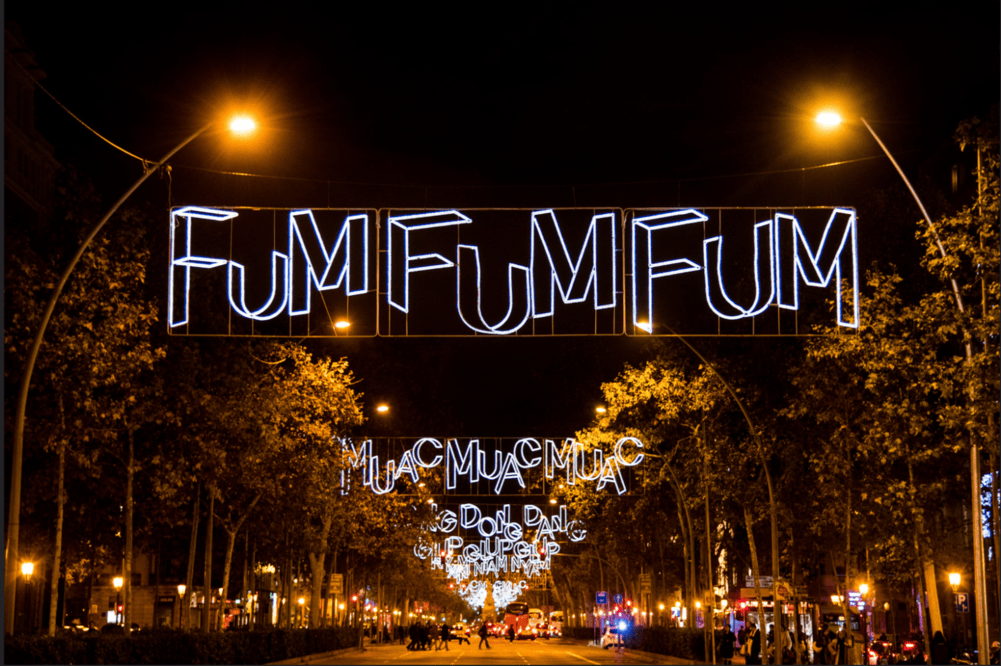
If you have the opportunity to spend your winter holidays in Spain, then you should definitely go to Barcelona. At this time, the weather is comfortable for walking, there are fewer tourists and many cultural events.
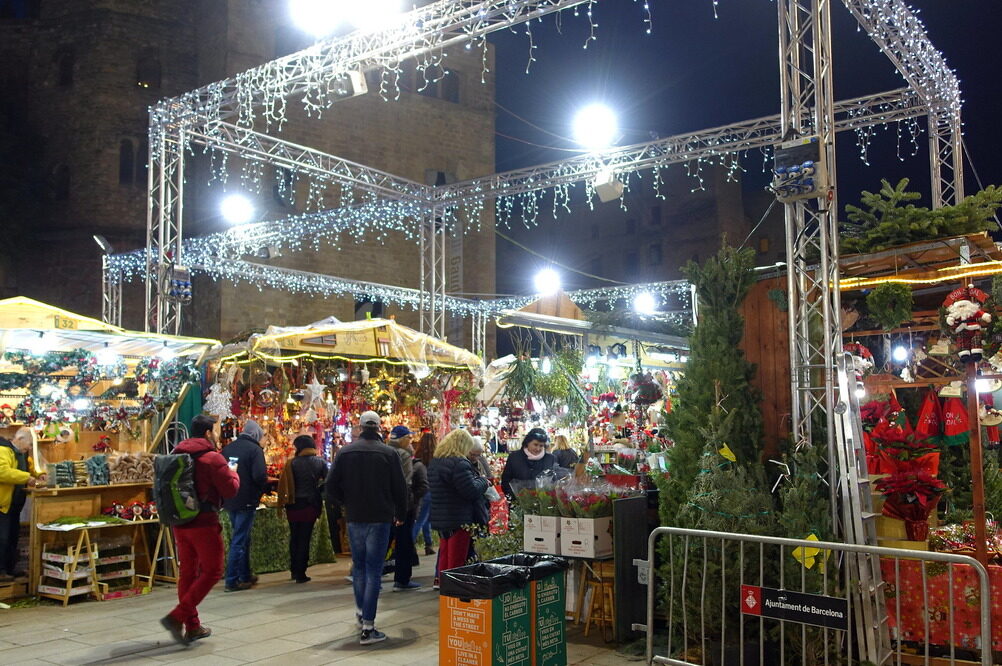
The city is especially beautiful during the Christmas period. Don’t miss the holiday fairs in Plaza de Cataluña and near the Cathedral of the Holy Cross and Saint Eulalia, which is also called the Barcelona Cathedral. And on January 5, visit the colorful Tres Reyes festival, which is accompanied by a spectacular parade.

In the winter months, you won’t be able to swim in Barcelona because the water is too cold, but walks along the beaches and embankments are just as pleasant as in the warmer months. If you plan to visit the most famous sights, such as La Sagrada Familia, then it’s worth booking a tour in advance. Despite the smaller number of tourists, long queues are still unavoidable.

You can also try seasonal Catalan dishes in Barcelona in winter. A real gastronomic discovery for you will be calçots. This is a special type of green onion, which is grilled and served with romesco sauce. Also, many hot seafood dishes are prepared in the Catalan capital.
The climate in Barcelona in winter is mild and humid, typical for the Mediterranean. Average daytime temperatures range from +10 °C to +15 °C. At night, the thermometer rarely drops below +5 °C. This is one of the warmest regions of the country in winter, but the weather can be changeable.
Madrid
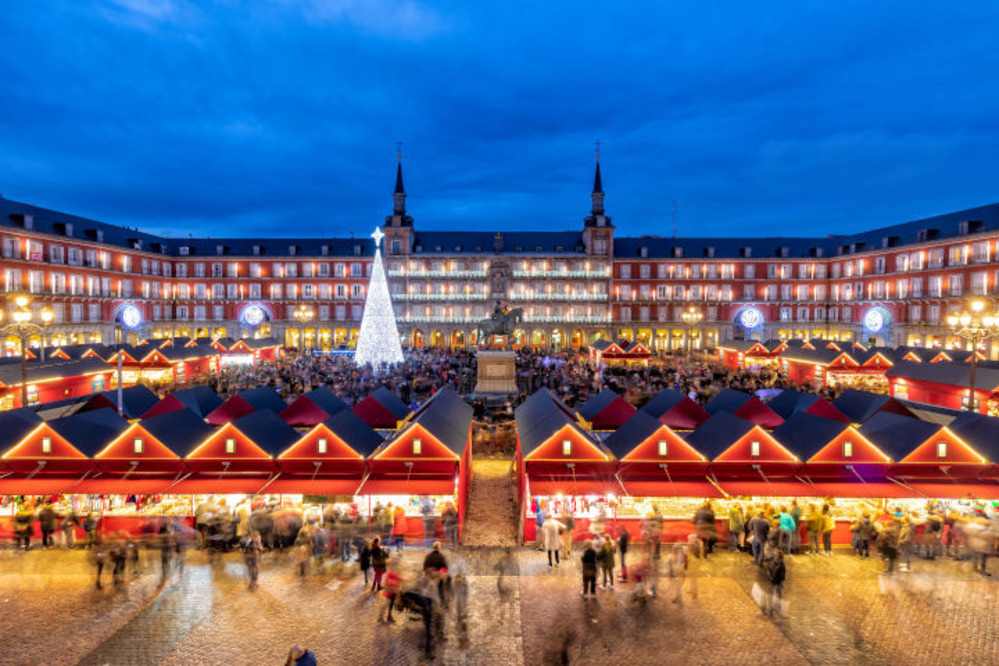
Madrid is a great choice for a winter trip to Spain. It is one of the most visited cities in the kingdom, but the number of tourists dwindles as autumn approaches. Come here in December and January, when the capital sparkles with Christmas lights. There are festive markets at this time, the most popular of which is located in Plaza Mayor. Stroll through the magnificent Retiro Park and go ice skating at Plaza Callao.
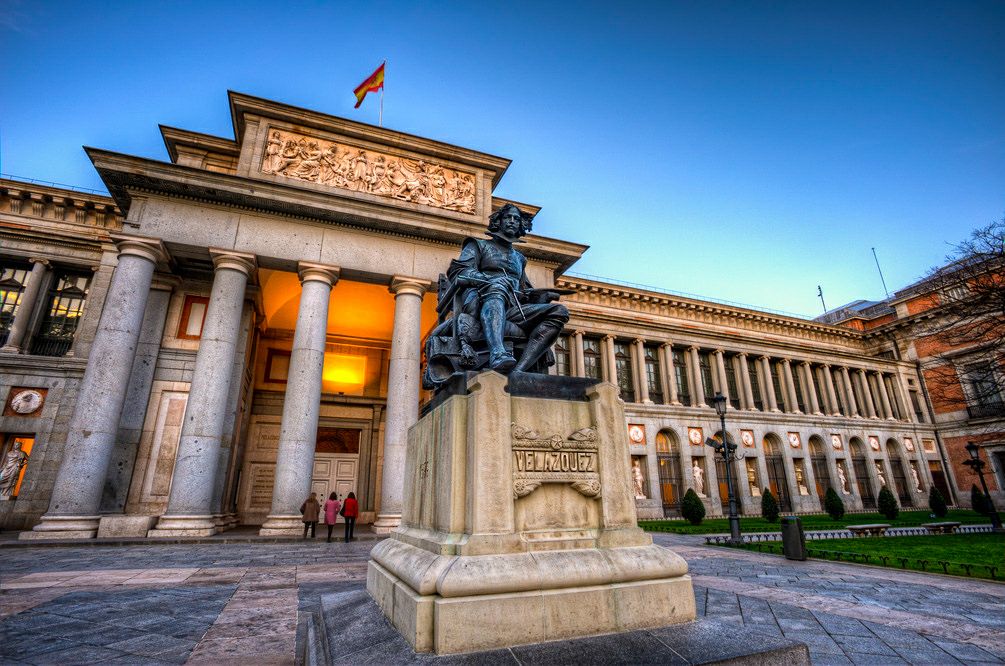
Winter is a great time to visit Madrid’s magnificent museums without the hustle and bustle — the Prado, the Reina Sofia Museum, the Thyssen-Bornemisza Museum. Also, don’t miss the opportunity to visit the Royal Palace and admire the historic squares.
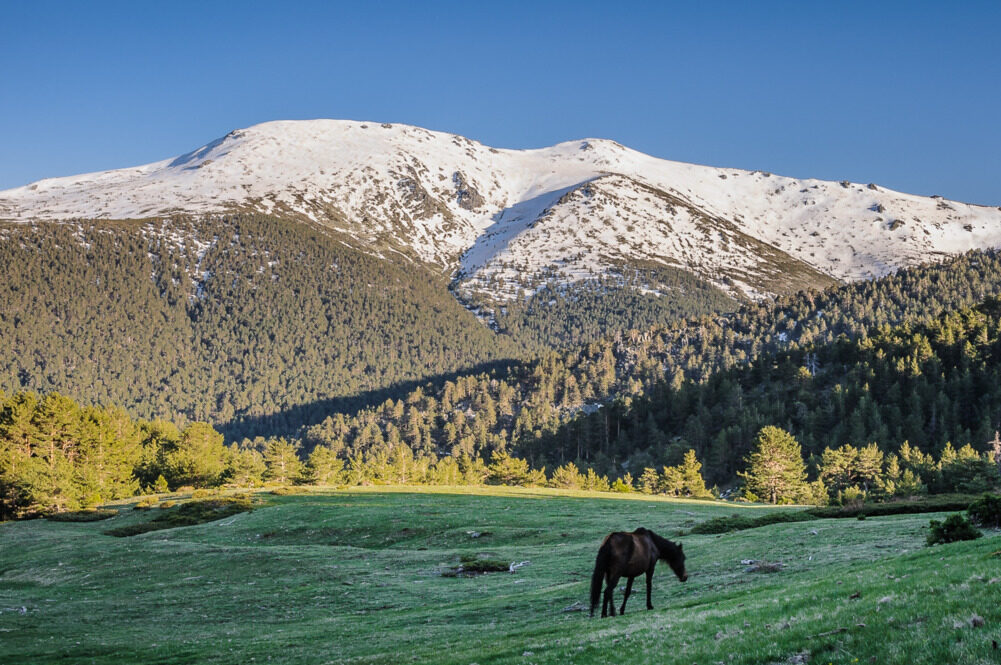
Visiting Madrid in the cold season has its advantages. One of them is the opportunity to try the warming and hearty cocido madrileño soup-stew. In addition, you can diversify your winter holiday with a trip to the Sierra de Guadarrama ski resort, which is located just 80 kilometers from the Spanish capital.
The climate in Madrid in winter is cool and dry. During the day, the air temperature is from +7 °C to +12 °C, and at night it can drop from 0 °C to -2 °C. This happens especially often in January, which is considered the coldest month. Precipitation is rare, mostly sunny.
Sierra Nevada
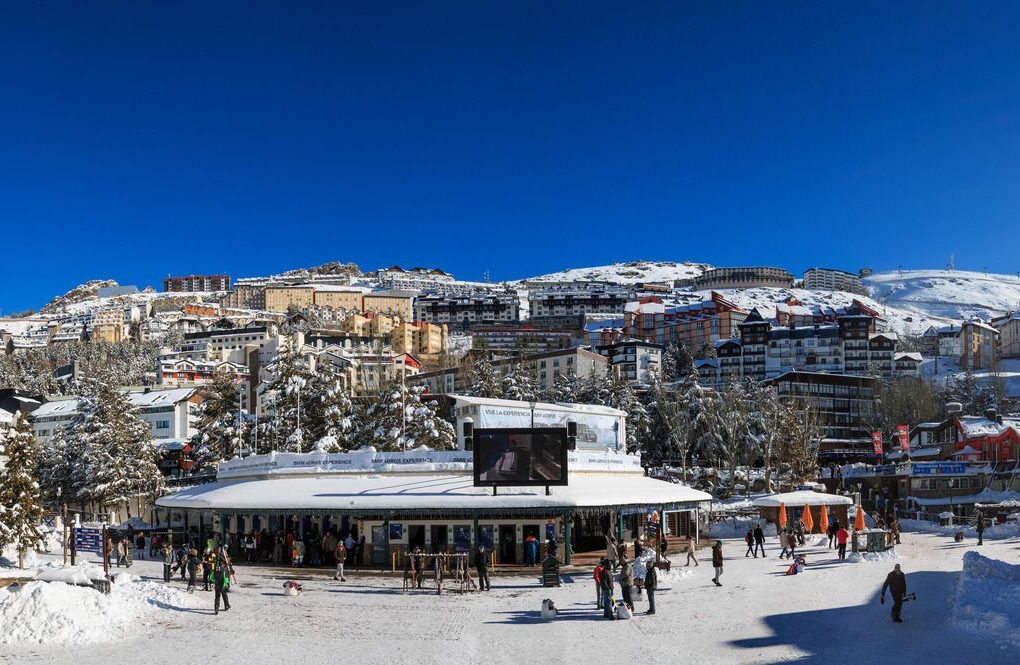
Sierra Nevada is the southernmost ski resort in Europe, located in Andalusia, near Granada. This is a unique place for a winter holiday in Spain with an abundance of snow and sun. Picturesque mountains here rise more than 3,000 meters and are surrounded by dense forests and natural parks.
Come here to ski and snowboard. Discover exciting snowmobile adventures, snowshoeing and night rides on floodlit trails.
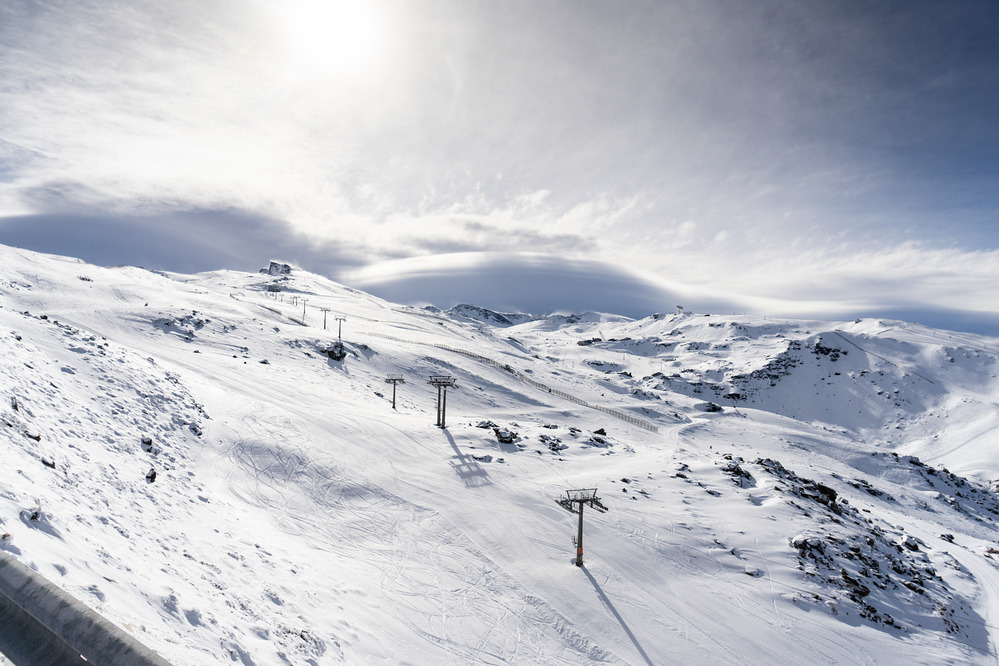
There are also spas and wellness centres in the Sierra Nevada region, offering thermal waters and relaxing treatments after an active day on the ski slopes.
One of the advantages of a winter holiday in the Sierra Nevada is its proximity to Granada. This means that you can combine skiing with a cultural program: visit the famous Alhambra Palace, stroll through the old streets of the city and get acquainted with traditional Andalusian cuisine.
The climate of the Sierra Nevada in winter is cool, with temperatures ranging from -7 °C to +8 °C depending on the altitude. Snow falls on the mountain peaks as early as late autumn and lasts until spring, creating excellent conditions for winter sports. Snowdrifts, especially at higher elevations, reach more than two metres.
Cadiz
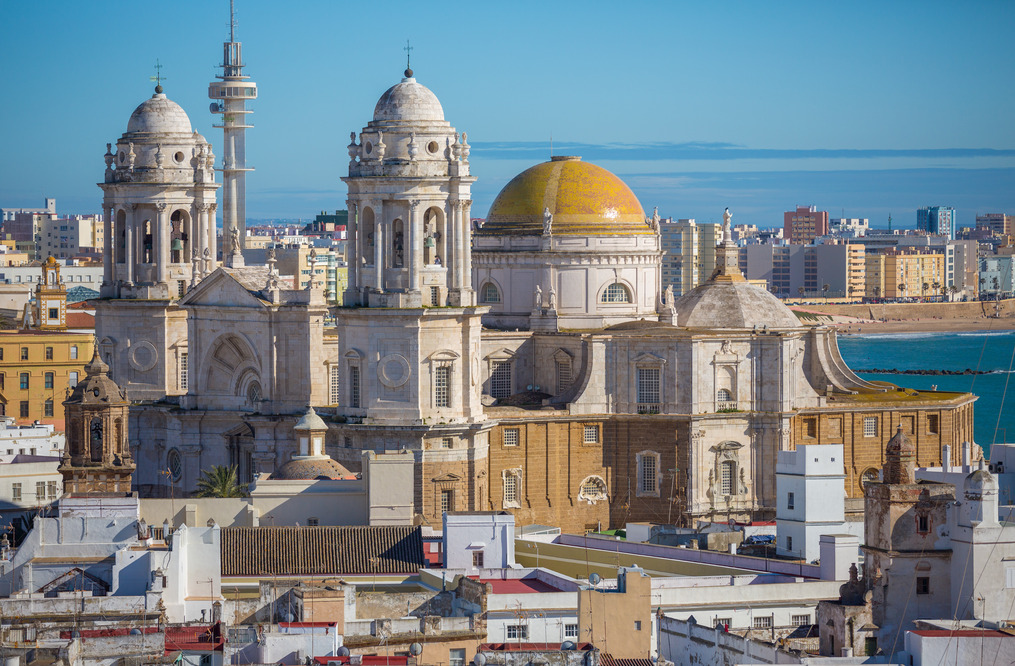
Cadiz is one of the oldest cities in Europe and is famous for its historical heritage and fishing cuisine. It is located in the southwest of Spain, on the Atlantic coast, making it one of the best winter destinations in Spain.
Although swimming in Cadiz in winter will be cool, walks along the famous beaches, such as Playa de la Caleta, will still be a pleasure.

When choosing a time to visit Cadiz, give preference to February, when the colorful carnival takes place.
This ancient port city will captivate you with its atmosphere. It is home to a Spanish naval base and 100 watchtowers have been preserved, including the famous Tavira Tower, from which ships were watched. A must-see excursion to Cadiz includes a visit to the Cathedral and ancient Roman ruins, as well as walks around the old town, which retains its authenticity.
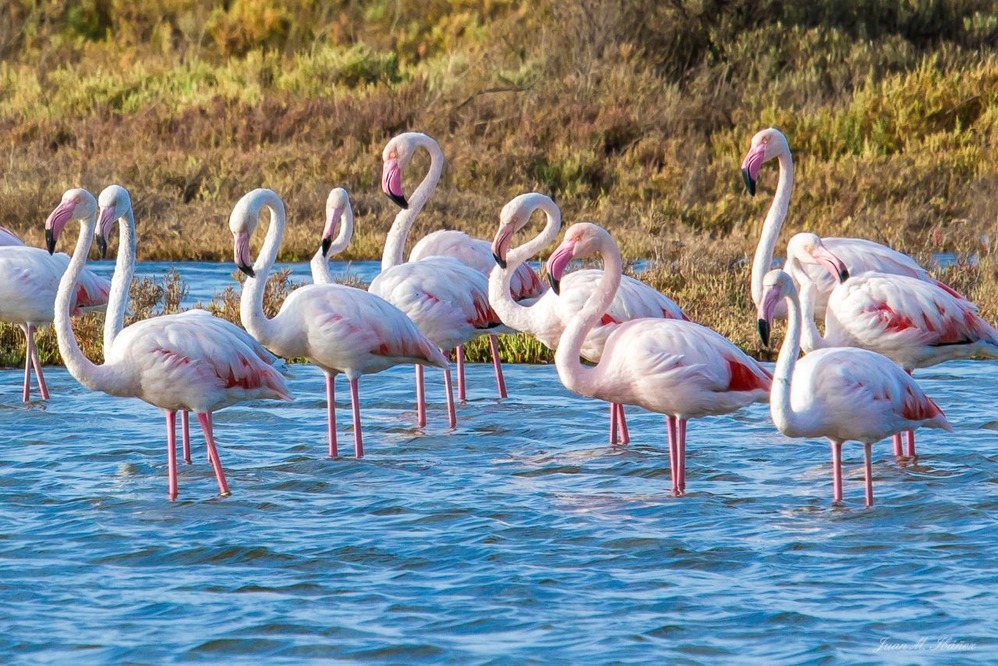
If you love beautiful natural landscapes and active recreation, then go to the Parque Natural de la Bahía de Cádiz. This is a great place for a one-day trip. Here you can ride a picturesque route by bike or walk, watch birds and discover unique protected landscapes.
Read also: Where to go in Spain for winter sun and warmth
The climate in Cadiz in winter is mild and pleasant. Average daytime temperatures range from +12 °C to +18 °C, and at night they rarely drop below +8–10 °C. Due to the proximity to the ocean, winters here are moderate and mild, but sometimes there are winds and precipitation.
Granada
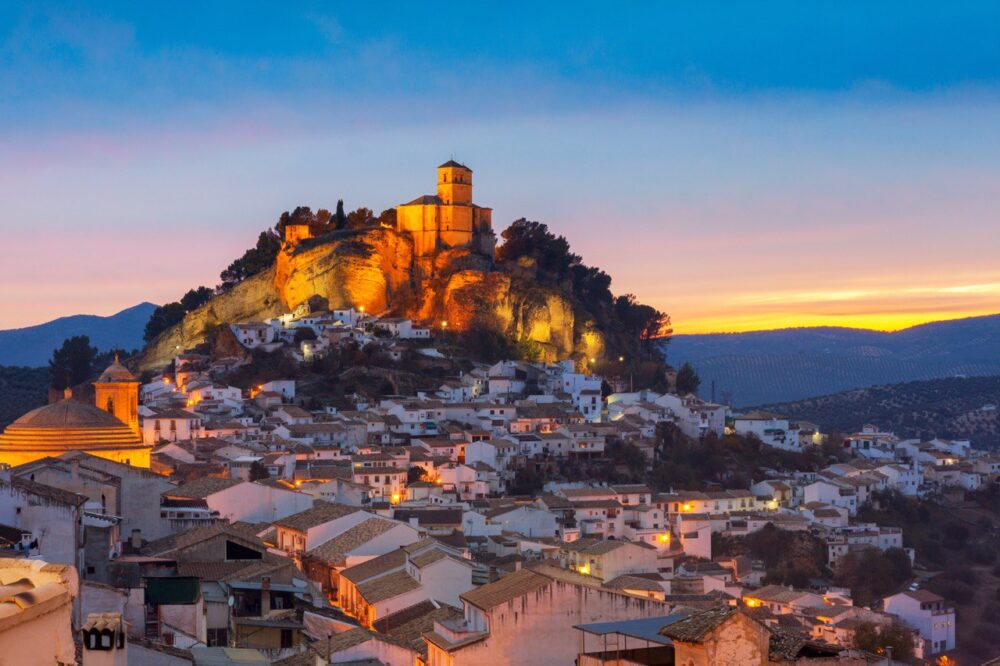
Without a doubt, Granada is one of the most interesting places to visit in Spain in winter. It is located in Andalusia, at the foot of the Sierra Nevada mountains, and between the warm coastal cities of Almeria and Malaga. This opens up endless opportunities for tourism. In fact, Granada itself is a real treasure. Its famous Moorish palace complex, the Alhambra, becomes even more attractive in winter, without the crowds of tourists.
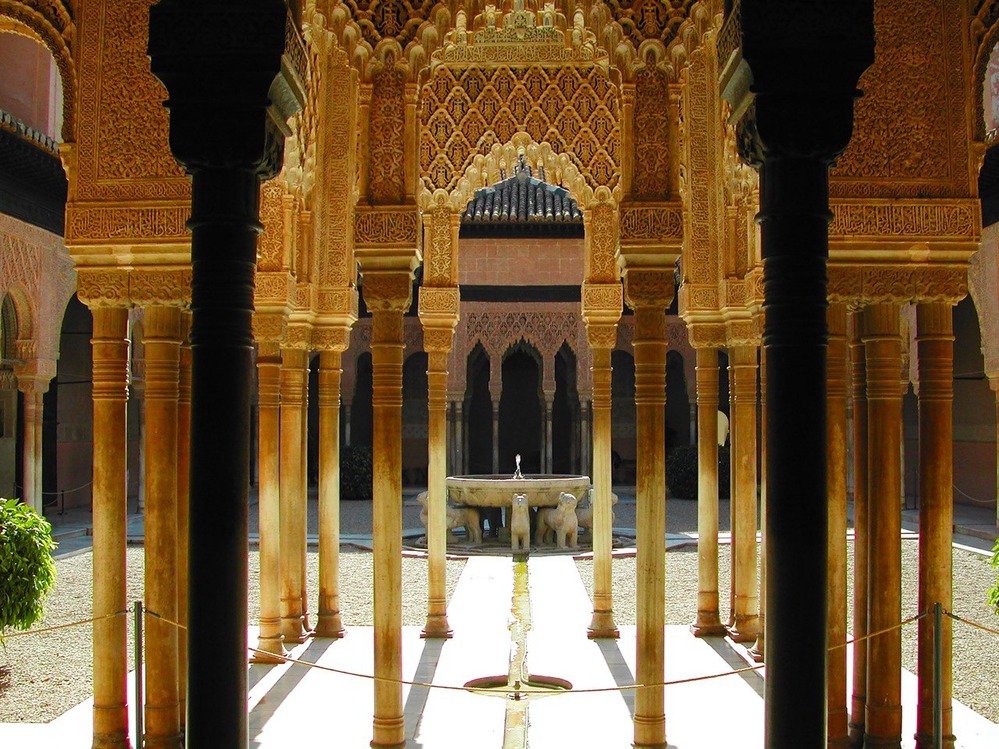
In the cold season, walking around Granada is especially pleasant. Clean air and bright sunny days create a cozy atmosphere, and the views of the snow-capped peaks of the Sierra Nevada add to the picturesqueness.
After the walk, find a cozy place to try the most popular winter dish in Granada — Olla de San Anton stew.
Also do not miss the chance to wander the narrow streets of the historic Albaicin district, and then warm up in a traditional Arab hammam bath.
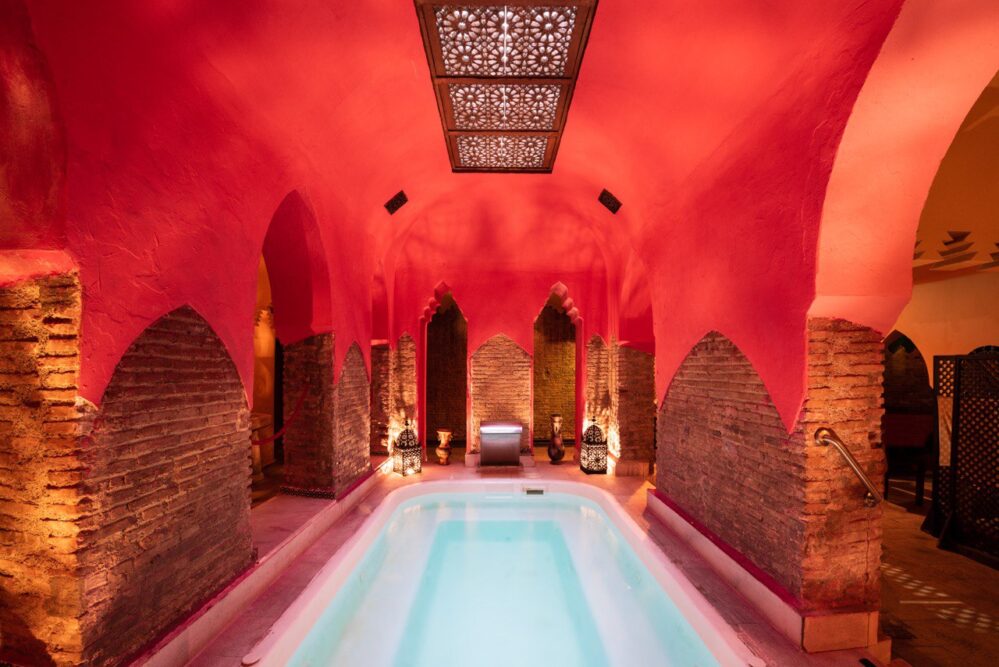
During the winter months, Granada has many colorful cultural events. For example, during the Christmas holidays, you can visit the fairs and see nativity scenes. And at the beginning of January, the Parade of the Three Kings (Cabalgata de los Reyes Magos) takes place.
The climate in Granada in winter is moderate, with cool days and cold nights. Average daytime temperatures range from +10 °C to +15 °C, and nighttime temperatures can drop to 0 °C and even lower. Snow falls from time to time, especially in the suburbs. But precipitation is rare in the city itself.
Seville
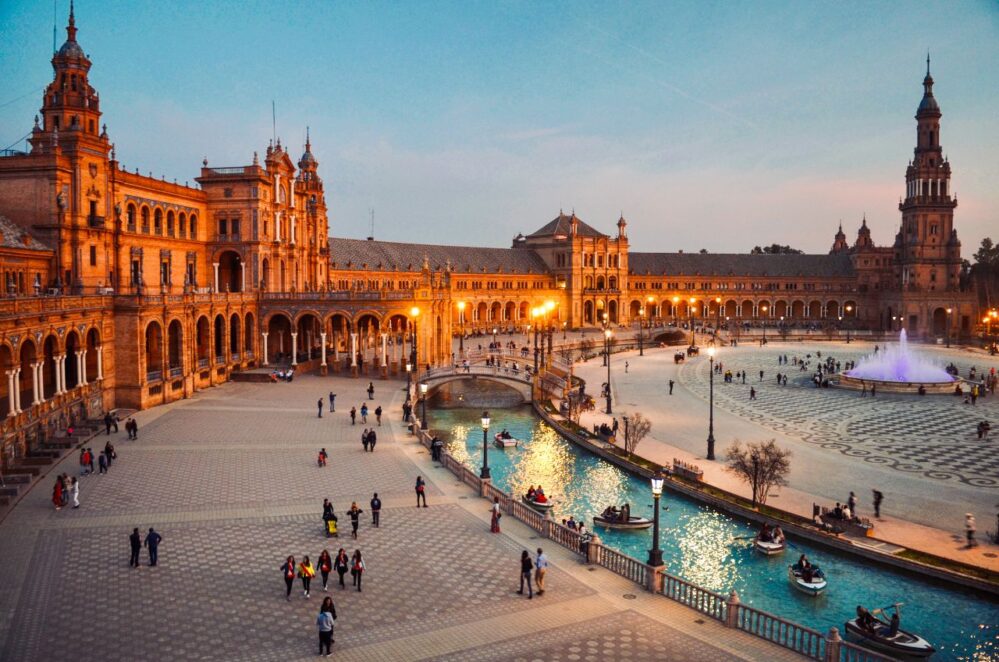
The fiery Seville is less crowded and even more attractive in winter. This city, decorated with orange trees, is the birthplace of flamenco. To feel its atmosphere, be sure to visit the Flamenco Theatre Triana.

When it comes to unique architecture, Seville is not inferior to Barcelona thanks to its Moorish heritage. The Mudejar-style Alcazar Royal Palace, the Seville Cathedral with its famous Giralda bell tower, and the Plaza de España are all places that can be visited in winter without having to deal with the summer crowds.
Don’t forget that Seville is a city with a rich tradition of regional cuisine. There are many tapas bars, and the main place that gourmets should definitely visit is the Mercado del Barranco gastronomic market.
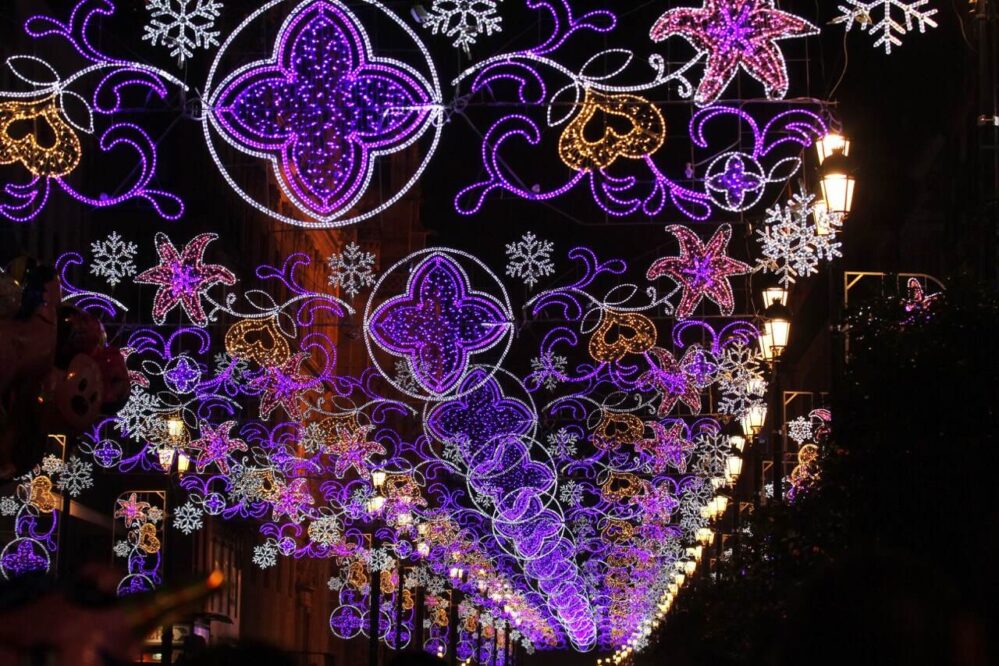
Also among the winter activities in Seville that are sure to please are walks along the picturesque streets of the old town with its narrow streets and white houses.
Seville’s climate in winter is mild and sunny. The winter months here are cool and with rare precipitation. Average daytime temperatures range from +12 °C to +18 °C, and at night they drop to +5 °C. December and January are considered the coolest months, but the days remain warm enough for walks in the fresh air.
Cordoba
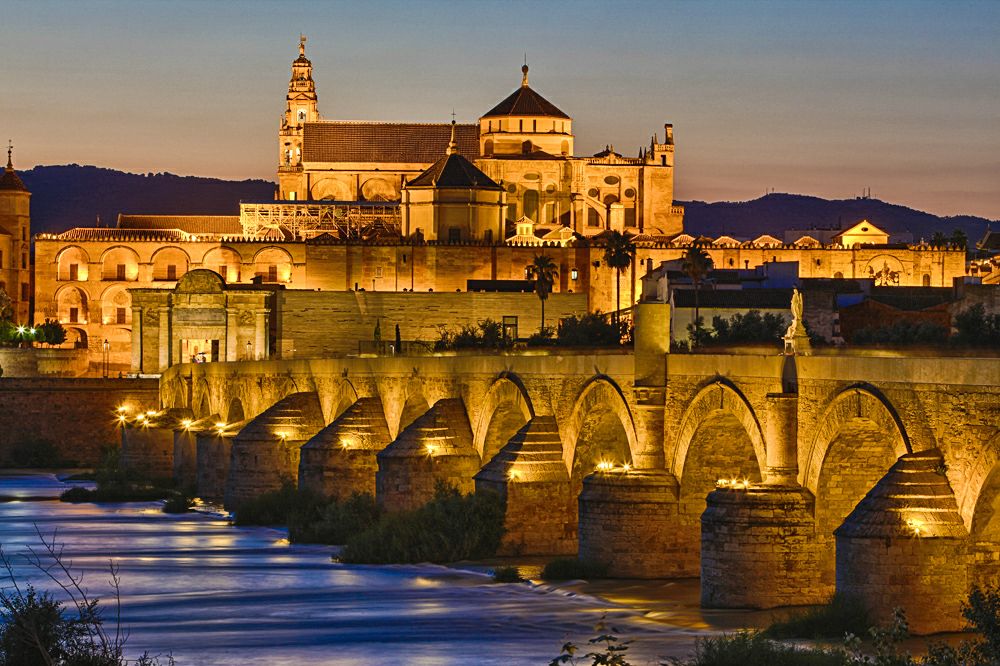
Winter in Cordoba is a great option for traveling to Spain to see unique sights without crowds of tourists. In the city, you must visit the Mezquita — a grandiose mosque-cathedral, which is a symbol of Islamic and Christian architecture. Also must see are the Alcazar of the Christian Monarchs, from where panoramic views open up, and the Roman Bridge, which looks impressive against the backdrop of the Guadalquivir River.

Walking along the Calleja De Las Flores, the old Jewish quarter La Judería and Plaza de la Corredera — the most famous square in the city will bring extraordinary pleasure. And to rest and relax after such a load, go to the Hammam Al Andalus. Its interiors are reminiscent of the old bath complexes that existed during the Caliphate.

And if you are planning a trip to Cordoba in the spring, do not miss our publication “La Fiesta de los Patios de Córdoba — a bright and unusual festival of Spain“.
The climate of Cordoba in winter is moderate. The temperature usually fluctuates between +8 °C and +16 °C, but at night it can drop to +3 °C. In winter, there is more rain (mainly in December and January), but it is not heavy.
Alicante
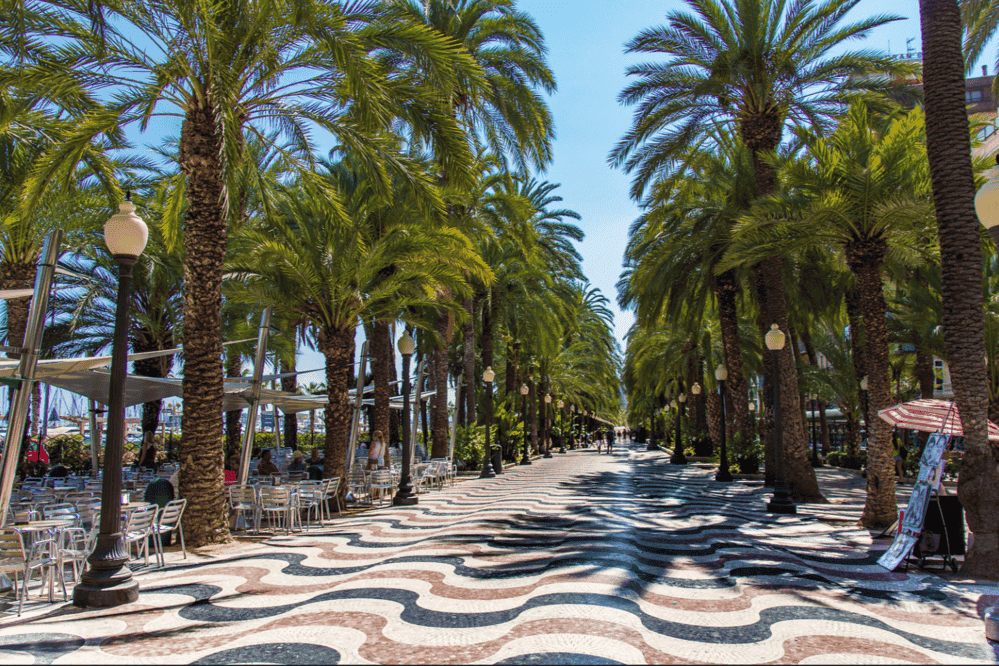
Warm and sunny Alicante is a great place to visit in winter in Spain. This port city on the Costa Blanca coast in the province of Valencia is famous for its perfect sandy beaches. And although it is cold to swim here in the winter months, you will be able to enjoy the sun and sea breeze.
The main historical attraction of Alicante is the Santa Barbara Castle on the top of Mount Benacantil. From here you can enjoy a magnificent view of the city and the Mediterranean Sea. The road to the castle leads through the atmospheric Barrio de Santa Cruz (El Barrio) — the Old Town of Alicante. This is a very picturesque place with narrow streets, white houses and nightlife. Also add to your list to visit the Basilica of Santa Maria. This is the oldest church in the city, built in the Valencian Gothic style.

Walking along the famous Alicante promenade is another good reason to spend a winter holiday in Spain. The promenade is located next to the yacht port, from where catamarans depart to the island of Tabarca.
The climate of Alicante in winter is mild and warm. Average daytime temperatures in winter are +12–17 °C. At night, the temperature drops to +6–10 °C. Precipitation here is minimal, as the dry season continues even in winter.
Segovia
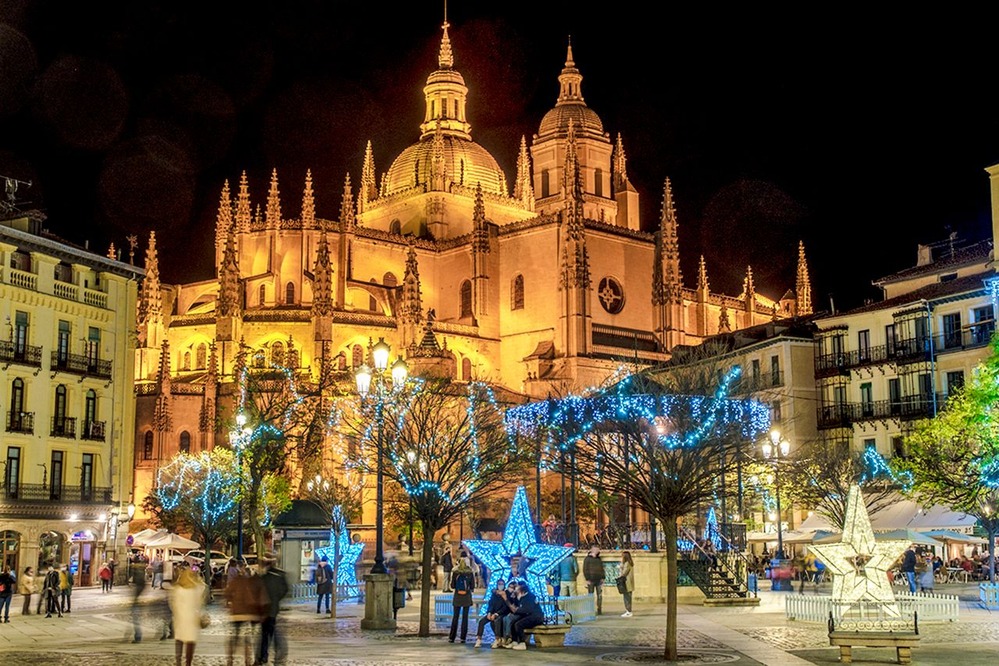
Segovia is a great choice for a trip to Spain if you want to immerse yourself in a real winter fairy tale. This charming city in the autonomous community of Castile and Leon becomes even more beautiful when covered in snow, a natural phenomenon that is more likely to happen in January and February.
The crown jewel of medieval Segovia is its famous Roman aqueduct, which is over 10 kilometers long and has 167 arches. Also worth visiting is the magnificent Alcazar of Segovia, a castle that towers over the city. And don’t miss the opportunity to see Segovia Cathedral, considered one of the last Gothic cathedrals built in Spain.
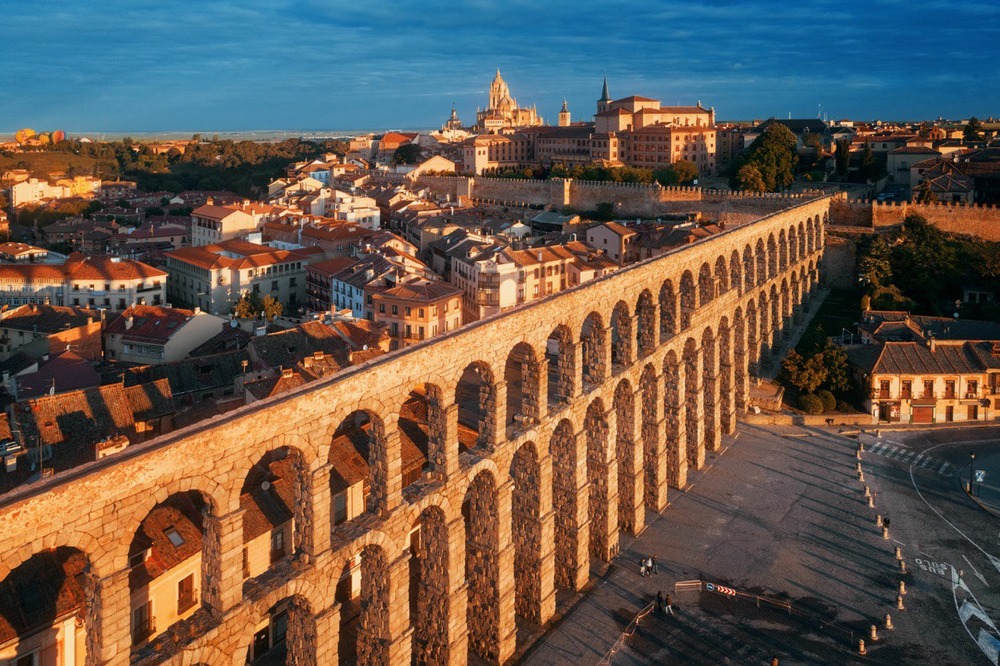
Strolling around the old town of Segovia, a UNESCO World Heritage Site, is especially atmospheric in winter. Its quiet, narrow streets with medieval buildings immerse you in the atmosphere of antiquity.
The many experiences and the frosty air will definitely whet your appetite, so be sure to stop by one of the old taverns for a dinner of roast suckling pig with a crispy crust (cochinillo asado).

Not far from Segovia is the Sierra de Guadarrama Natural Park. In the winter months it is covered with snow and offers excellent opportunities for hiking and even skiing.
Undoubtedly, the advantage of a trip to Segovia is its close proximity to Madrid, only 90 kilometers away. You can also go from here to another medieval city — Salamanca.
The climate of Segovia in winter is dry and cold. Average daytime temperatures range from +3 °C to +10 °C, and night temperatures can drop to -2 °C. Frost and snow are possible in the winter months, especially in January and February.
Ourense
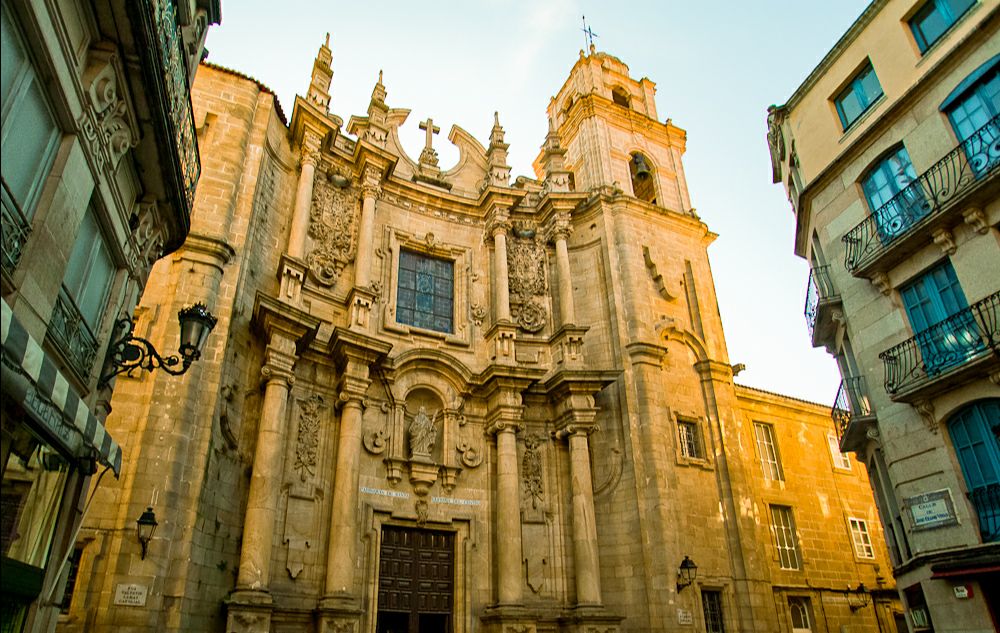
Famous for its thermal springs, Ourense is a cozy and atmospheric city in the northwest of the kingdom, in Galicia. It is a wonderful place to visit in winter in Spain to enjoy bathing in warm healing waters.
On the banks of the Miño River in Ourense, there are numerous open-air thermal baths, accessible day and night. Be sure to visit As Burgas, the thermal springs in the very center of the city.
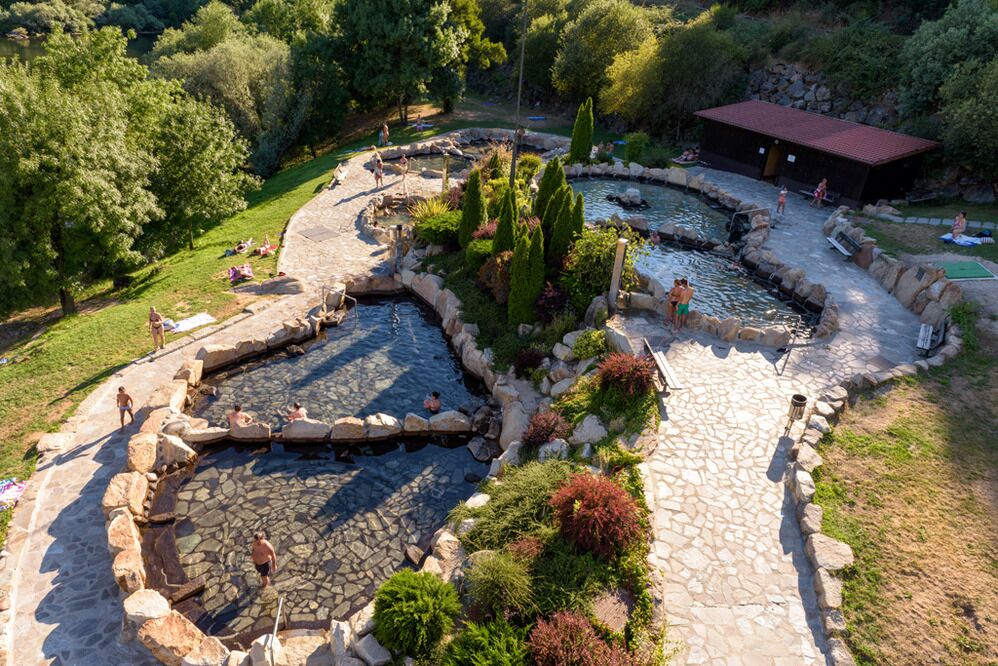
In addition, Ourense has many historical sites that will add variety to your winter holiday. For example, the Cathedral of San Martin, built in the Gothic style, and Ponte Vela, an ancient Roman bridge over the Miño River, which looks especially beautiful in the winter fog. Plaza Mayor is the central place of the city with beautiful architecture and numerous cafes.

Walks along the embankment will create a wonderful mood. And after them, you will definitely want to try warming and hearty Galician dishes. Try Galician octopus (pulpo a la gallega), potato, cabbage and sausage soup (caldo gallego) and pork with turnip leaves (lacón con grelos).
The climate of Ourense in winter is cool and humid. Average daytime temperatures are +9–12 °C, and at night they drop to +2–5 °C. Frosts sometimes occur, but snow rarely falls in the city.
Popular questions
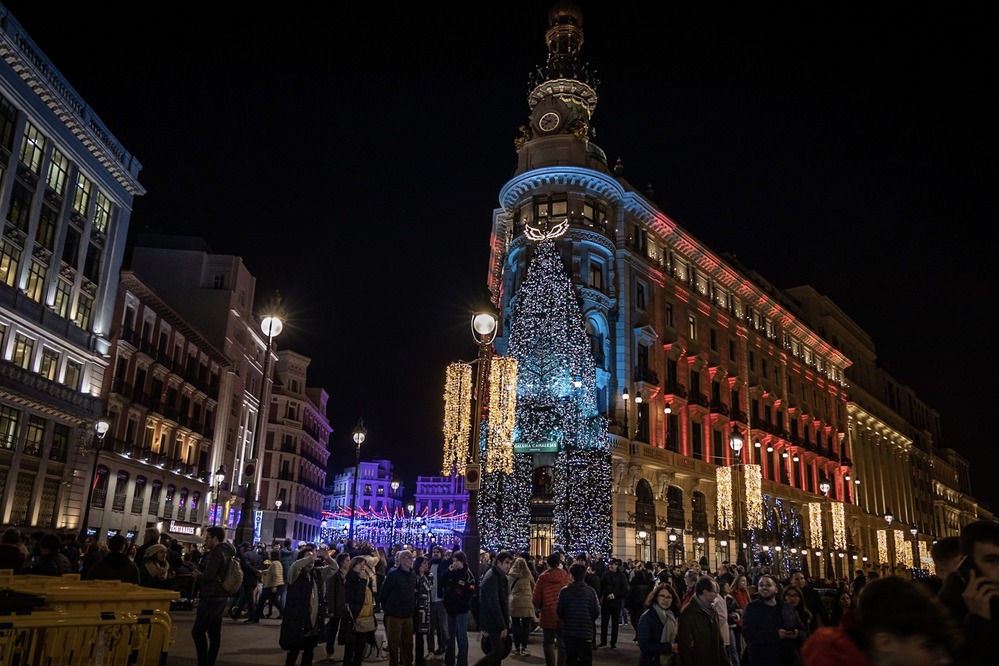
Is it worth going to Spain in winter?
Undoubtedly, it is worth going to Spain in winter, the only question is: where? This time of year can be used to visit unique sights without crowds of tourists and exhausting heat. Enjoy the warmth and sun or plunge into a real winter fairy tale — the choice is yours.
Where is the best place to go in Spain in winter?
This depends on your preferences. Spain in winter offers a variety of activities — from beach and sightseeing holidays to skiing, wine and gastronomic tourism.
Is it possible to swim in Spain in winter?
You can swim in Spain in winter in the Canary Islands. The water temperature at this time is about +19–20 °C.
Is it worth going to Barcelona in winter?
Barcelona is one of the best winter destinations in Spain since there are significantly fewer tourists during this period. Mild, warm weather and a calm pace are conducive to exploring the city. However, do not rely on chance, book tickets to attractions to avoid wasting time in queues.
What is the coldest month in Spain?
January is the coldest month of the year. However, cloudless skies are common during the winter months.
What is the rainiest month in Spain?
The rainy seasons in Spain vary depending on the region since the country’s climate varies greatly between the north, south, and central parts.
- In the north of Spain (Galicia, Basque Country, Asturias) the Atlantic climate prevails. The rainiest month is November. During this period there are heavy rains, and the monthly precipitation can reach 150-200 mm.
- In Central Spain (Madrid, Castile and Leon) the climate is more continental. The rainiest month here is also November, but there is much less precipitation than in the north (about 50-60 mm).
- In the south of Spain (Andalusia) the climate is drier and warmer. The rainiest month is December, when 40-80 mm of precipitation falls depending on the city.
- In the Canary Islands, it is generally dry throughout the year. But December is also considered the rainiest month with precipitation of about 30-50 mm.
Add our article to your bookmarks: it contains a lot of useful information.
Also join us on Pinterest to keep up to date with the latest news.
